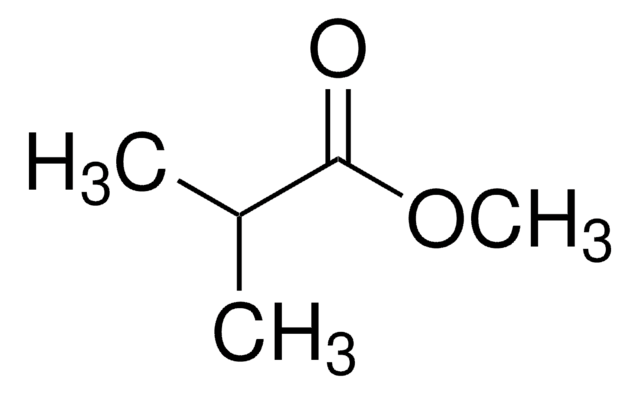W358126
3-Octanol
natural, ≥97%, FCC, FG
Synonym(s):
Ethyl pentyl carbinol
About This Item
Fragrance grade
Halal
Kosher
natural
meets purity specifications of JECFA
Recommended Products
grade
FG
Fragrance grade
Halal
Kosher
natural
Quality Level
agency
follows IFRA guidelines
meets purity specifications of JECFA
reg. compliance
EU Regulation 1223/2009
EU Regulation 1334/2008 & 178/2002
FCC
FDA 21 CFR 172.515
vapor density
~4.5 (vs air)
vapor pressure
~1 mmHg ( 20 °C)
assay
≥97%
greener alternative product characteristics
Less Hazardous Chemical Syntheses
Use of Renewable Feedstocks
Learn more about the Principles of Green Chemistry.
sustainability
Greener Alternative Product
refractive index
n20/D 1.426 (lit.)
bp
174-176 °C (lit.)
density
0.818 g/mL at 25 °C (lit.)
application(s)
flavors and fragrances
documentation
see Safety & Documentation for available documents
food allergen
no known allergens
fragrance allergen
no known allergens
greener alternative category
, Aligned
organoleptic
cheese; creamy; mushroom; musty; earthy
SMILES string
CCCCCC(O)CC
InChI
1S/C8H18O/c1-3-5-6-7-8(9)4-2/h8-9H,3-7H2,1-2H3
InChI key
NMRPBPVERJPACX-UHFFFAOYSA-N
Looking for similar products? Visit Product Comparison Guide
Related Categories
General description
Application
- Impact of aroma-enhancing microorganisms on aroma attributes of industrial Douchi: An integrated analysis using E-nose, GC-IMS, GC-MS, and descriptive sensory evaluation.: This study explores the enhancement of aroma attributes in Douchi through the use of aroma-enhancing microorganisms. It highlights the role of 3-Octanol in modifying flavor profiles, which could lead to improved food processing techniques (Li et al., 2024).
- Nematicidal Activity of Phytochemicals against the Root-Lesion Nematode Pratylenchus penetrans.: Investigates the potential use of 3-Octanol as a natural nematicide. This research highlights its effectiveness in controlling agricultural pests, offering a safer alternative to synthetic pesticides (Barbosa et al., 2024).
Biochem/physiol Actions
signalword
Warning
hcodes
Hazard Classifications
Eye Irrit. 2
Storage Class
10 - Combustible liquids
wgk_germany
WGK 2
flash_point_f
154.4 °F
flash_point_c
68 °C
ppe
Eyeshields, Gloves, type ABEK (EN14387) respirator filter
Choose from one of the most recent versions:
Already Own This Product?
Find documentation for the products that you have recently purchased in the Document Library.
Our team of scientists has experience in all areas of research including Life Science, Material Science, Chemical Synthesis, Chromatography, Analytical and many others.
Contact Technical Service







